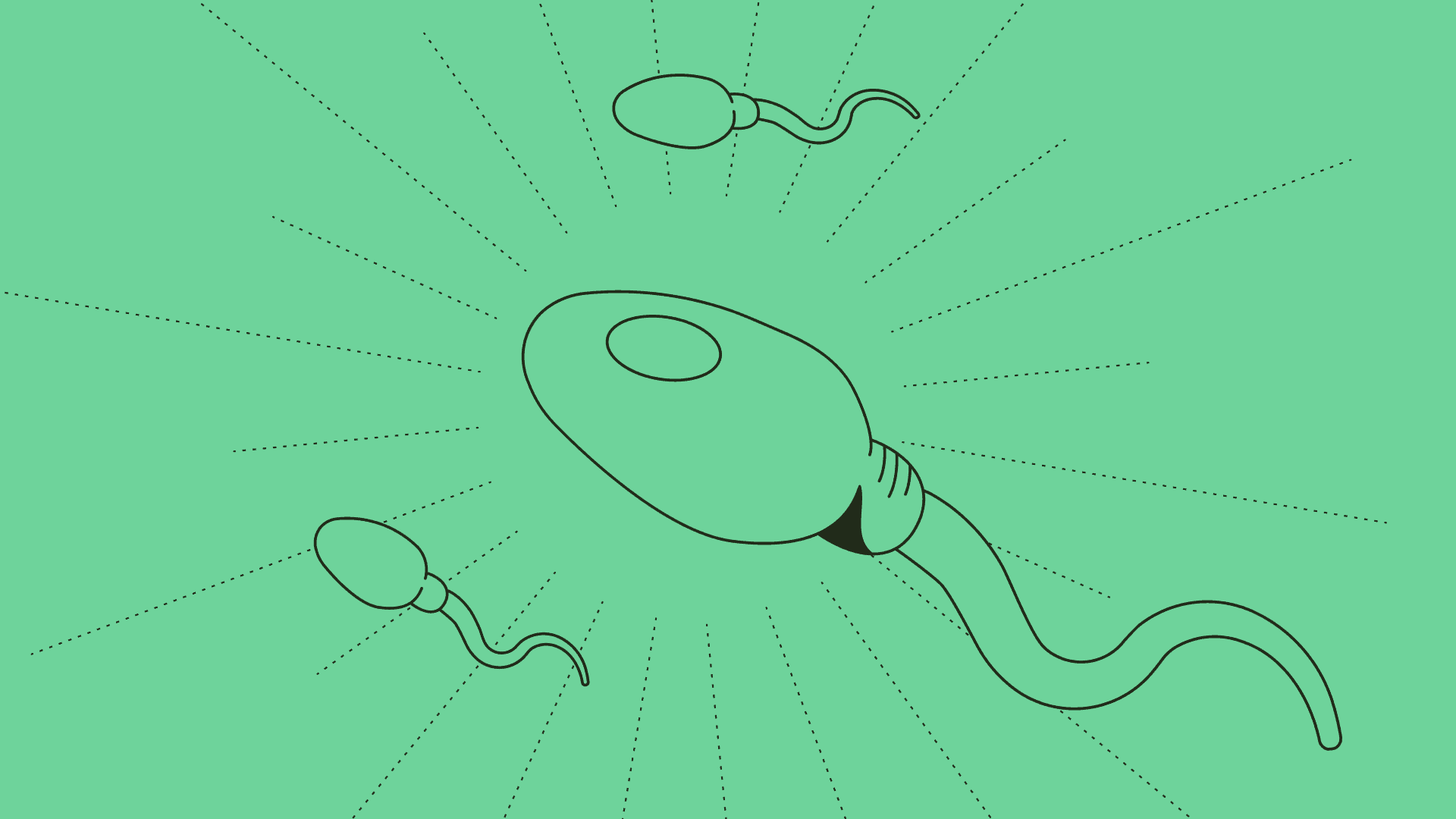Every one of us is here today because of one small cell that won the ultimate race: sperm.
So why does it seem like no one is talking about it? And even more importantly, why does it seem like even people who produce sperm don’t know much about how it works?
As the leading digital male fertility clinic, we wanted to do a deep-dive. Introducing the 2023 Sperm Report, based on data from nearly 3,000 respondents that reveals the truth around what we know about sperm and its role in conception – uncovering people’s misconceptions about what’s impacting fertility, and how family planning has changed due to recent events.
In partnership with fertility benefits provider Carrot Fertility, we set out to understand what Americans really know about sperm. Spoiler alert: Not enough.
The big takeaway: More than half of men do not have an accurate understanding of what impacts their fertility
When asked to identify the factors that affect male fertility, more than 50% of respondents got it wrong. In fact, we found a huge “knowledge gap” between what respondents perceived to be factors in male fertility — and what actually impacts a person’s ability to conceive.
Less than half of respondents identified tobacco smoking as a factor affecting male fertility. The American Society of Reproductive Medicine considers cigarettes as a leading risk factor for infertility. Smokers have approximately twice the chance of infertility, compared to non-smokers.
Even less well known? Varicocele, a condition that involves swollen veins in the testes. Varicocele is present in 40% of cases of male-factor infertility, and is one of the most common causes of difficulty conceiving — but only 9% of respondents were able to identify it.
Most alarming was what men didn’t know about testosterone. Nearly ¾ of respondents mistakenly believed that taking testosterone would improve male fertility, when testosterone therapy is likely to impair or completely halt sperm production. Shockingly, even 73% of men taking testosterone right now were unaware of its impact on their fertility.
Interest in vasectomies is increasing, yet myths about reversals remain
The implementation of abortion and birth control restrictions nationwide has increased interest in vasectomy as a highly effective male birth control option. In our survey, 1 in 5 respondents reported that they or their partner have considered, planned, or undergone a vasectomy in response to the overturn of Roe v. Wade.
However, misunderstandings of the procedure are rampant. About 1 in 3 respondents believed that vasectomy reversal is guaranteed to recover fertility. Pregnancy rates after vasectomy can be as low as 30%, depending on several factors, including how long it’s been since the initial vasectomy.
Male and female fertility benefits are both important
Our survey found that fertility benefits are a key driver of employee retention. More than 50% of respondents believe both male and female fertility benefits are important or very important to their decision to stay with an employer or seek a new job.
While respondents expressed strong support for employer-provided fertility benefits, only a third of those employed full-time reported that their companies offered coverage for fertility testing and treatment. Another 1 in 3 weren’t sure if their employer offered fertility benefits.
How the Sperm Report survey was conducted
What Americans Know About Sperm: The 2023 Report is based on results from a nationally representative online survey of 2,983 adults between 18 and 65 years old in the United States. The survey was conducted between November 4 and November 16, 2022 using Momentive’s Market Research Platform.
Findings were analyzed by demographic and psychographic segments including gender, age, region, race and ethnicity, relationship status, and sexual orientation (heterosexual, bisexual, gay, lesbian, pansexual, asexual, queer, etc.), among other areas of interest. When we refer to “women” and “men,” we include all people who self-identify as such.



